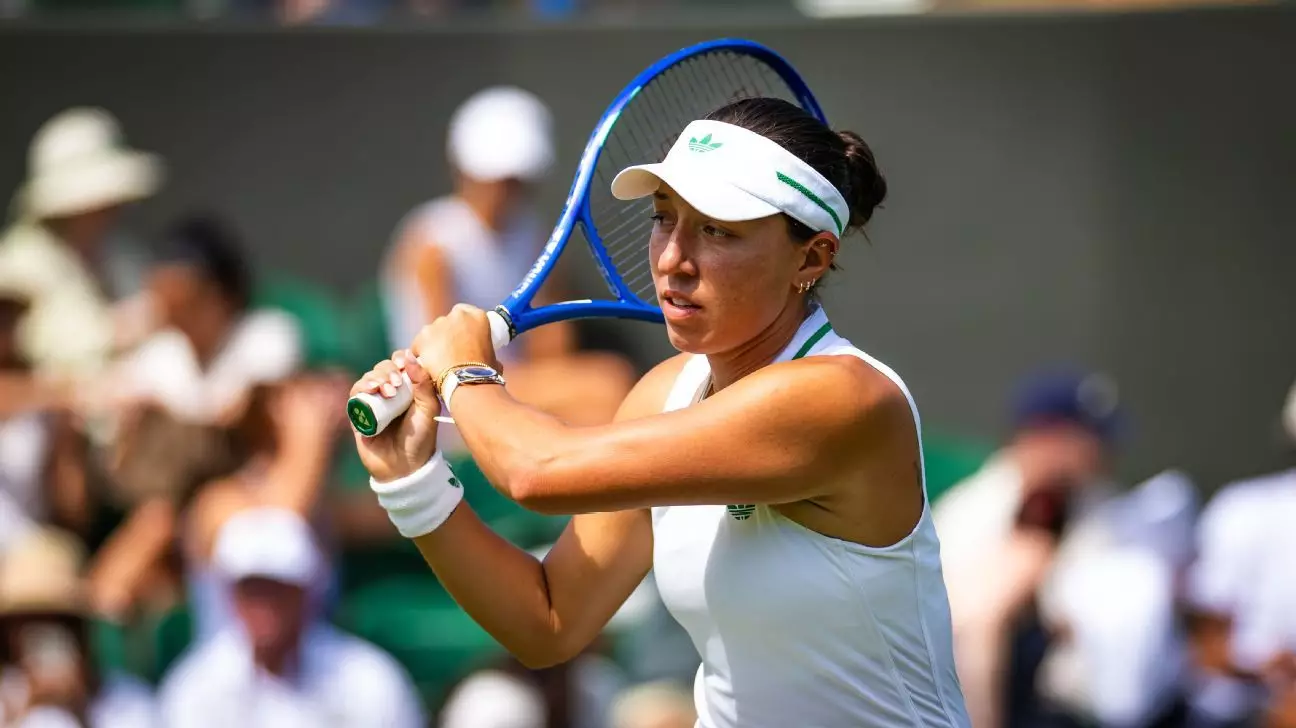The recent changes in the US Open’s mixed doubles event highlight a sport in flux, driven by unforeseen withdrawals and strategic partner reshuffles. While this may initially appear as a logistical annoyance, it actually underscores tennis’s resilience and adaptability. The tournament’s new format, compressed into a two-day sprint, signals a bold experiment, inviting star power and enticing fans with a lucrative prize pool of $1 million. Yet beneath this glamorous surface, questions persist about the integrity and long-term viability of such a condensed event. Will leading singles players sustain their focus amidst the rapid schedule, or will these alterations dilute the essence of traditional doubles competition? The resulting landscape, characterized by unexpected partnerships like Jessica Pegula and Jack Draper stepping into the arena, injects a fresh, unpredictable energy into the tournament, possibly paving the way for new pairing dynamics and memorable moments.
The Human Element: Strategic Pairings in Flux
The withdrawals of Emma Navarro, Paula Badosa, and others underscore the fragile nature of doubles partnerships, especially in a year when top singles players are being called into the doubles fray more than ever. Jessica Pegula’s decision to team up with Jack Draper—after her original partner, Tommy Paul, withdrew—demonstrates a level of resilience and adaptability that could redefine doubles strategy. It’s a testament to how players are increasingly viewing doubles as a complement to their singles careers, rather than a secondary concern. The same applies to Jannik Sinner, who is now scrambling to find a partner, reflecting the unpredictable realities of the sport at the highest levels. This scenario also exposes a broader conversation: are these elite athletes truly committed to doubles, or are they merely opportunistically grabbing a shot at significant prize money? The truth may lie somewhere in between, but what’s undeniable is that the fluid nature of the partnerships will generate a mix of experienced teamwork and potentially chaotic, exciting spontaneity.
The Future of Doubles: Tradition Meets Innovation
The new US Open format, which prioritizes top singles players and shortens the event, has sparked criticism from traditionalists who cherish the slower, more strategic pace of classic doubles tournaments. Nonetheless, this overhaul represents a strategic attempt by tournament organizers to keep the sport relevant amid shifting viewer habits and a crowded tennis calendar. The inclusion of big names like Djokovic, Alcaraz, and the defending champions Errani and Vavassori under wild card provisions suggests an effort to anchor the event with star power and credibility. However, the format’s rapid pace risks undermining the tactical depth and nuanced teamwork that have historically defined doubles. Whether this experiment will attract sustainable interest or become a short-lived novelty remains to be seen, but what’s certain is that it will provoke debate—about tradition, entertainment, and the future direction of doubles tennis. In the end, these shifts may serve as catalysts for a new era—an era where doubles is less about methodical finesse and more about bold, high-stakes spectacle.


Leave a Reply